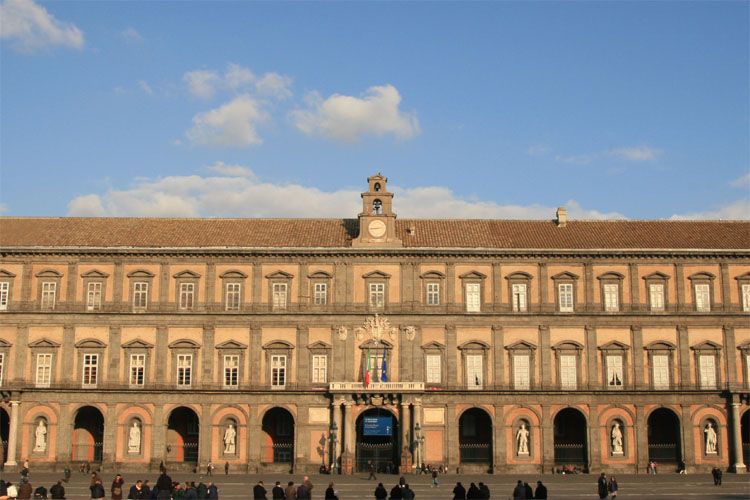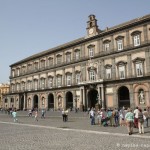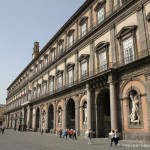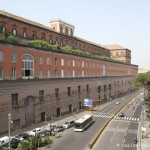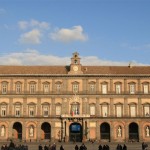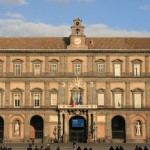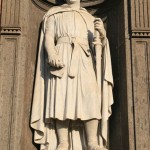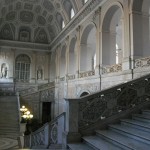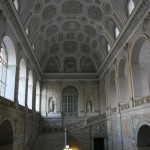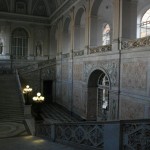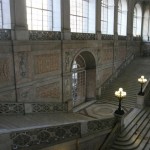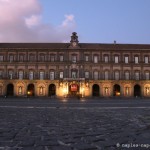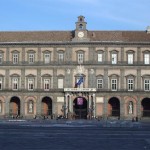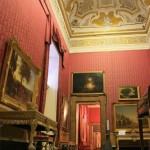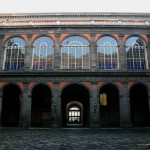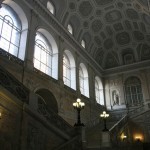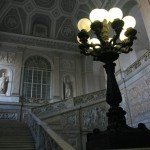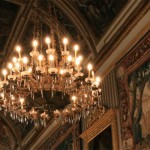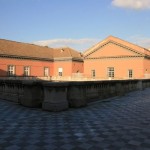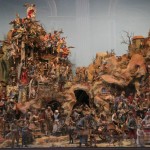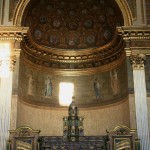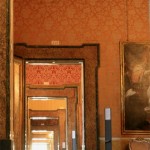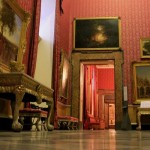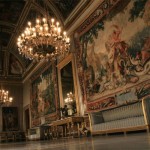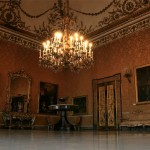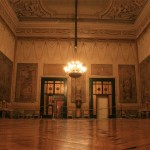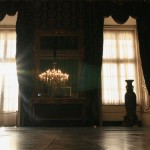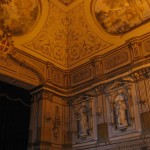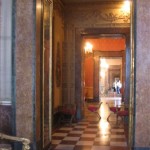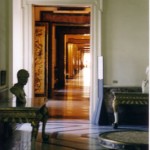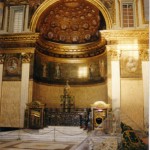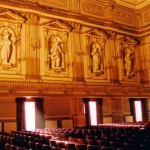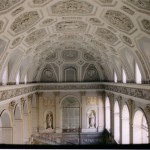The history of the Royal Palace (Palazzo Reale) of Naples dates back to the early seventeenth century under the Spanish occupation of the city, who decided to build a modern palace, large and well decorated.
The monument was designed by Domenico Fontaine (1543 – 1607), on a model of Renaissance style, then enlarged and decorated in the eighteenth and nineteenth centuries.
For three centuries, from 1600 to 1946, the Royal Palace was the seat of monarchical power in Naples and southern Italy, first inhabited by the Spaniards, then the Austrians, then by the Bourbons, and finally by the House of Savoy .
The house of Savoy, at the head of the newly built Italian state, add on the facade of the Palace 8 statues representing the founders or the most illustrious sovereigns of the dynasties who reigned over Naples.
From left to right: Roger the Norman, Frederick II of Svevia, Charles of Anjou, Alphonse of Aragon, Charles V, Charles III of Bourbon, Murat and Victor Emmanuel II.
North of the palace extends the garden created by botanist Denhart in 1841, surrounded by a grid forged in the nineteenth century.
Next, was the Bourbon porcelain factory before it was transferred to Capodimonte.
The palace also housed the Royal Printing House, the Palatine Academy and Library, the King’s Physics Cabinet, the Bourbon Archives and the Royal Chapel.
It was in 1919 that the Royal Palace became a historical museum, associated with the national library, thus taking a major role in the cultural life of the city.
From the main courtyard, there is access to the Historical Museum of the Royal Palace which preserves the original decorations, with its thirty rooms, in which the institutional and representative functions took place.
The monumental staircase of honor – neoclassical – was built by Picchiatti in 1651. It was then decorated by Genoese in 1837 with colored marbles and mastics.
- Via ammiraglio
- Façade du Palais Royal de Naples
- Roger le normand, Roi de Naples
- Statue de Roger le Normand
- Roi d’Aragon
- Escalier monumental
- Escalier monumental
- Escalier monumental
- Escalier monumental
- Façade en soirée
- Escalier monumental
- Crèche napolitaine
- Chapelle
- Theatre
- Terrasse (avant la restauration)
- Chapelle
- Théatre
- Terrasse (avant la restauration)
Learn more :


